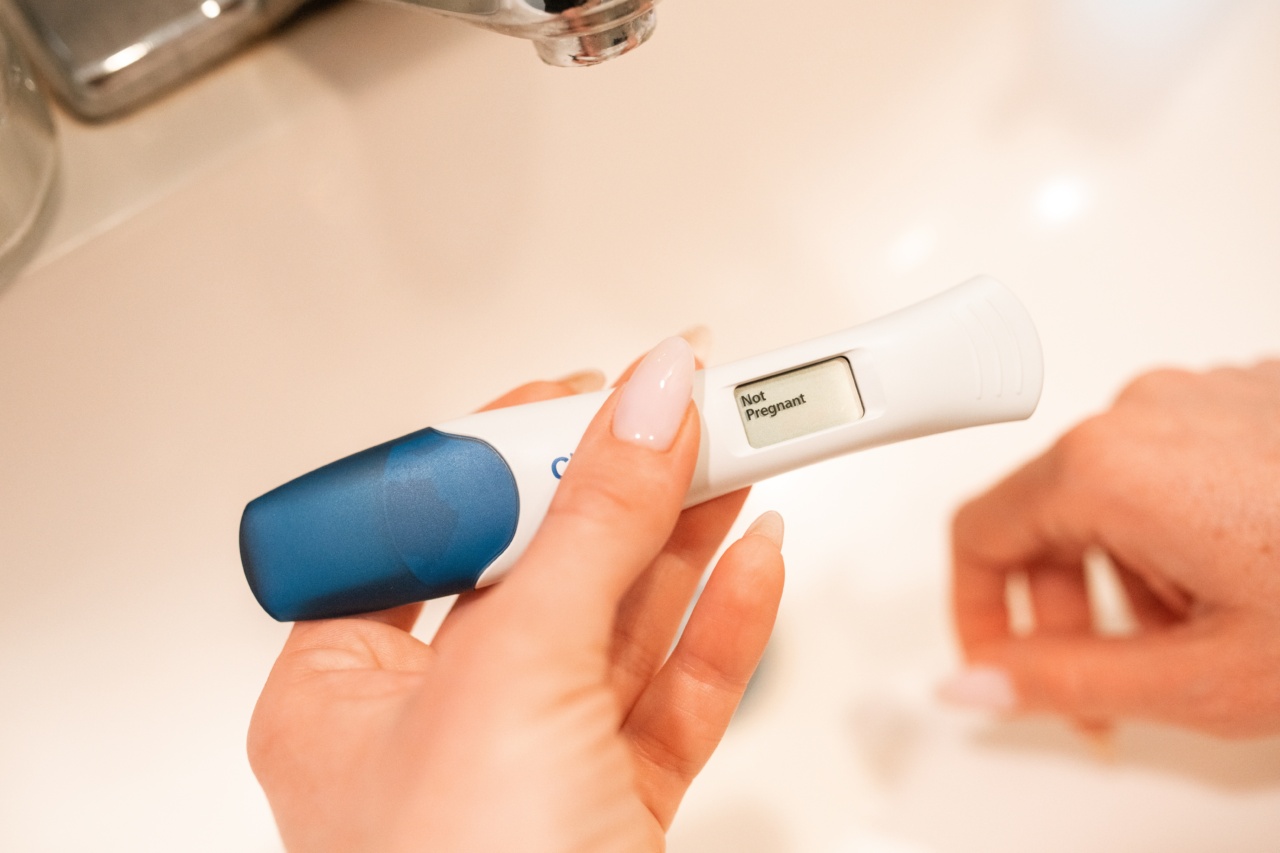It is estimated that 1 in 3 adults in the United States has high blood pressure. High blood pressure, or hypertension, can lead to serious health problems such as heart attacks, strokes, and kidney failure.
While there are medications available to help manage hypertension, there are also natural and effective ways to lower your blood pressure. One such way is through practicing relaxation techniques, in particular, deep breathing exercises.
How breathing affects blood pressure
When you take deep breaths, your body activates the parasympathetic nervous system. This system is responsible for helping the body relax and reducing stress.
When the body is relaxed, it is better able to cope with stress, which can help to lower blood pressure.
Deep breathing exercises help to decrease the amount of work the heart has to do to pump blood throughout the body. When the heart is not working as hard, blood pressure is lowered.
How to do deep breathing exercises to lower blood pressure
There are many different deep breathing exercises that you can do to help lower your blood pressure. Here are some simple techniques to get you started:.
1. Abdominal breathing
This exercise can be done lying down or sitting up. Place one hand on your belly and the other on your chest. Take a deep breath in through your nose, filling your belly with air.
As you inhale, your belly should rise and your chest should remain relatively still. Exhale through your mouth, allowing your belly to fall. Repeat for several minutes.
2. Equal breathing
This exercise involves inhaling and exhaling for the same amount of time. Start by inhaling for a count of four and exhaling for a count of four. You can then increase the count to five or six, depending on your comfort level. Repeat for several minutes.
3. Progressive relaxation
This exercise involves tensing and then relaxing different muscle groups throughout the body. Start by tensing the muscles in your feet and then releasing the tension.
Move up to your legs, thighs, abdomen, arms, and so on until you have tensed and relaxed all the muscles in your body. Repeat for several minutes.
4. Guided visualization
This exercise involves visualizing yourself in a peaceful and relaxing environment. Close your eyes and imagine yourself on a beach, in a forest, or any other peaceful setting.
Breathe deeply and allow yourself to feel the calm and relaxation of the environment. Repeat for several minutes.
Other lifestyle changes to lower blood pressure
Breathing exercises are just one way to lower blood pressure naturally. Other lifestyle changes that can help include:.
1. Eating a healthy diet
Eating a diet that is rich in fruits, vegetables, whole grains, and healthy fats can help to lower blood pressure. Limiting your intake of processed foods, sodium, and alcohol can also make a big difference.
2. Exercising regularly
Regular exercise helps to strengthen the heart and improve circulation, which can help to lower blood pressure. Aim to get at least 30 minutes of moderate exercise most days of the week.
3. Managing stress
Stress can cause blood pressure to rise. Finding ways to manage stress, such as through deep breathing, yoga, or meditation, can help to lower blood pressure.
4. Quitting smoking
Smoking can cause blood pressure to rise and can lead to other serious health problems. Quitting smoking can help to lower blood pressure and improve overall health.
Conclusion
Breathing exercises are a simple and effective way to lower blood pressure naturally. By activating the relaxation response in the body, you can help to reduce stress and lower blood pressure.
Pairing breathing exercises with other lifestyle changes, such as eating a healthy diet and exercising regularly, can lead to even greater benefits for your overall health.






























